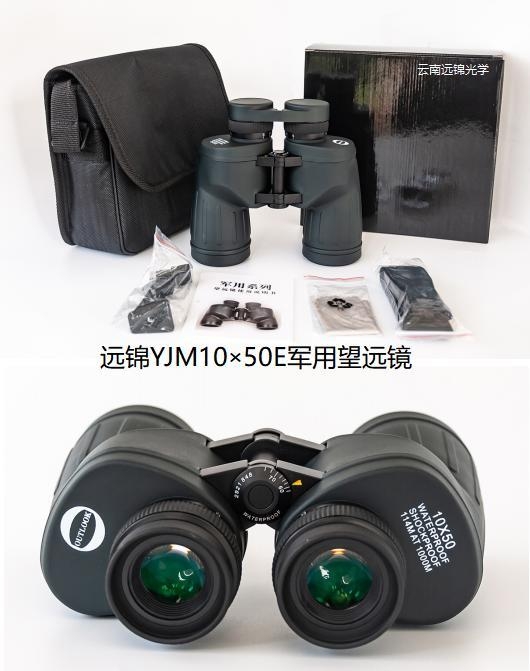Which binoculars are good for finding bees?
Which binoculars are good for finding bees? The fastest way to find bees in the wild is to observe bees within 500 meters. It is recommended to use a binoculars with 8-12 times. The following is a specific analysis and suggestions:
1. Recommended parameters of bee-finding binoculars:
YJM10×50E military binoculars
① Multiple selection:
8-12 times binoculars are the ideal choice for bee-finding binoculars. They can clearly distinguish the fist-sized honeycomb structure 500 meters away, and even observe the activities of bees in the flowers.
② Material and performance
Bee-finding binoculars should give priority to binoculars with high-density matte threads and BAK4 prism materials. This type of design can improve light transmittance (such as more than 80%) and color reproduction, and reduce dizziness. The eyepiece of the bee-finding binoculars uses blue film technology to further reduce blur and enhance image clarity.

2. Precautions for using bee-hunting binoculars:
① Distance and viewing angle
When using bee-hunting telescopes, it should be noted that 500 meters is a medium-to-long-distance observation, and it is necessary to magnify 8-12 times to see the details clearly. If the distance is very far, the minimum resolution angle of the human eye is about 1 minute (1/60 degree), and a 3 cm object can be seen at 100 meters. By similar proportion, 500 meters needs to be magnified about 10 times.
② Environmental factors
Bee activities are greatly affected by temperature and humidity. When using bee-hunting telescopes to find bees, you should choose the early morning or evening when the air transparency is high. The spring and summer seasons (March-May) and after rain are the best time to find nests, because bees are most active at this time and easier to find.
When using bee-hunting telescopes to find bees, you should give priority to searching in hidden places such as foothills, mountainsides, bushes, and caves facing north and south, and avoid open areas with strong winds. These places are more suitable as natural barriers for beehives.
Therefore, when choosing a bee telescope, you must choose one that is waterproof, dustproof, fogproof, non-slip, rainproof, and vibration-proof, so as to avoid the impact of many actual environmental factors.


3. Bee-hunting binoculars should focus on portability and comfort
Weight and size: Choose a lightweight binocular design with a weight of 1-2kg. Such bee-hunting binoculars are easy to carry and operate for a long time.
Anti-shake performance: The anti-shake handle can reduce the impact of hand-held shaking on observation ability.
Grip design: The ergonomic grip can improve the comfort of long-term use.
4. Advantages of bee-hunting binoculars: By observing the size of the bee colony, the activity pattern, and whether defensive behavior (such as increased aggressiveness) occurs, it can be evaluated whether it is suitable for collecting honey or handling beehives.
At the same time, remote observation can avoid direct contact and reduce the risk of being stung, which is especially important for novices or people with insufficient protective measures.
